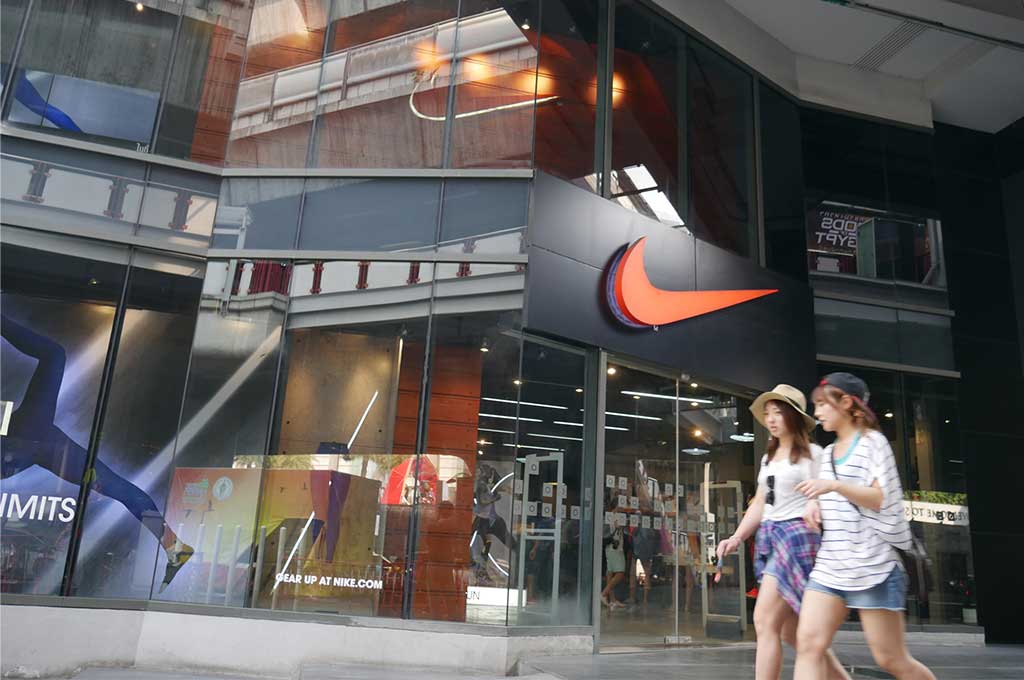
IESE Insight
How AI can be a tool to increase customer loyalty
Leverage artificial intelligence to improve your relationship with customers and compete with big data.
Even four years out from the first lockdowns, post-pandemic consumer confidence has failed to completely rebound. International conflicts, the energy crisis and inflation have all played a role.
While not all consumers have stopped buying, many continue cutting back. IESE’s José Luis Nueno, who holds the Intent HQ Chair on Changing Consumer Behavior, and Alfonso Urien, director of the center of data insights at Intent HQ, came together to discuss who these consumers are, why they’ve stopped buying, and how AI can be used to help win them back.
The role of AI in data-poor companies
When it comes to unknown markets or seeking new audiences, AI has leveled the playing field between companies that base their decisions on vast amounts of data, and those that don’t. The latter have a golden opportunity to update their capabilities with AI.
While large brands easily obtain first-party data, giving them a structural advantage, smaller digital-native companies also generate opportunities to target consumers and gather relevant information. Both are fighting to cut out the middleman. Currently, 42% of Nike sales are direct, and the company aims to reach 50% by 2025.
Loyalty programs, advantages and requirements to attract consumers
Consumers increasingly prefer buying from own-brand stores, but poor customer service can cause a boomerang effect and repel the consumer. The good news is that loyalty programs, which already reach three billion memberships worldwide, help combat these service errors. According to Nueno, well-designed loyalty programs can help customers deepen their psychological connection to the brand, resulting in more sales.
A well-designed loyalty program should offer unique and differentiated loyalty strategies, says Nueno, adding that some 60% of hospitality and leisure companies still offer practically identical proposals. Additionally, many loyalty-building actions fail down the road, due to a lack of follow-up.
The role of AI in retail
AI can help brands navigate data complexity, but “the customer experience must be humanized, especially when delivering good news,” Nueno advises. Data from browsing, online shopping and store visits can inform decisions in three main areas: optimizing store assortment and inventory management, customer relations, and how collections are presented.
Additionally, AI can play a decisive role in consolidating loyalty programs. According to the consulting firm Bernstein, the 10 key AI-driven applications in the retail sector are:
- Personalization and recommendation engines
- Trend forecasting and predictive analytics
- Virtual shopping assistants and chatbots
- Visual search and image recognition
- Supply-chain optimization and inventory management
- Customer segmentation and targeted marketing
- Sentiment analysis on social media
- Authentication and counterfeit detection
- Quality control and automated inspection
- Sustainability and resource optimization
In-store digital interaction
Retailers can significantly affect two groups of consumers: “consolidators,” who buy more products, and “optimizers,” who visit infrequently but spend more when they do (e.g., purchasing premium versions).
How to identify these two groups? With AI able to process large amounts of data, AI can not only identify consumption patterns and predict which consumers are most valuable for a loyalty program, but also determine the ideal location for a retail store, where proximity is key.
Digital interaction will become the norm in stores, from luxury to food. After overcoming COVID-19 restrictions, traditional grocery stores are likely to regain their dominance, but now loaded with digital means to interact with the consumer inside the store, Nueno predicts.
One such technology is Scan&Go, which sends direct messages and advertising to users in stores, enhancing the shopping experience. Another is digital coupons, similar to brochures but with the ability to track conversion with a high level of accuracy.
The power of retail media
Digital actions at or near points of purchase, known as retail media, are “the most radical change in brand marketing in the last 30 years,” Nueno asserts. They include advertising on platforms like Google or Facebook based on consumer databases provided by loyalty programs or e-commerce platforms.
Retailers are increasingly aware of the importance of retail media, although many, especially medium-sized ones, have limited resources or audience volume. In 2022, 88% of retailers considered private labels — a product manufactured by one company and sold under another company’s brand name — as an effective tool for creating loyalty, and 40.8% of consumers expressed a desire to increase their consumption of private-label products in the next year. Additionally, over 60% of millennials equate the quality of private labels with that of the manufacturer.
For luxury brands, those with a loyal customer cohort and a narrow offering in high-barrier categories experience the best growth, as is the case with Louis Vuitton (LVMH) and Hermès, brands that only sell directly to consumers in their own stores or websites.
Ultimately, brands should take advantage of the new opportunities offered by AI, from aligning marketing and sales resources to designing loyalty programs. All without forgetting the human touch.

